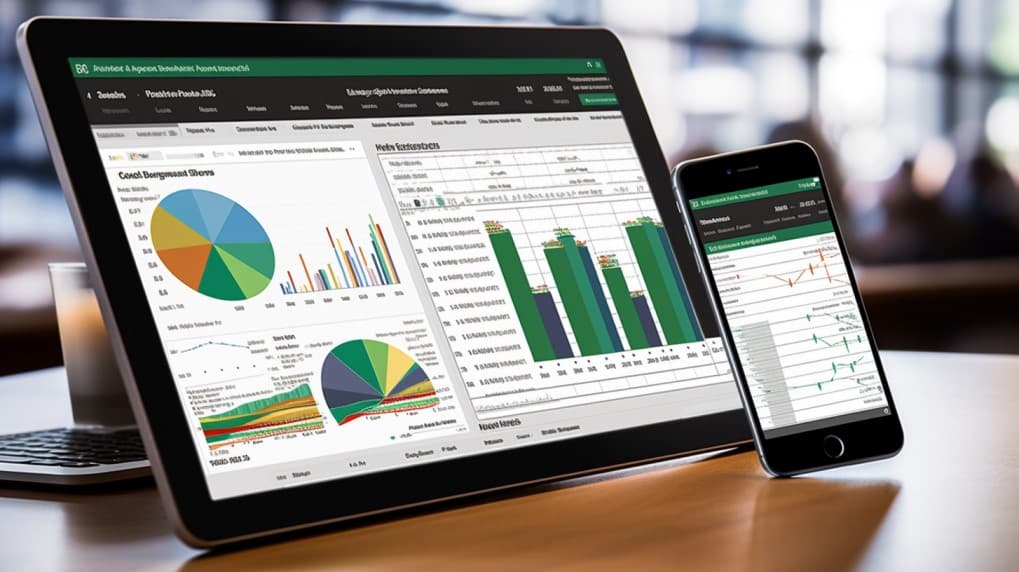
How does the DIV ETF work?
In the world of finance, exchange-traded funds (ETFs) have gained immense popularity over the years. They offer investors a convenient way to diversify their portfolios and gain exposure to a wide range of assets. One such ETF that has been making waves in the financial markets is the DIV ETF, which stands for Dividend ETF. In this article, we will take a deep dive into the DIV ETF, exploring its overview, underlying assets, benefits, and considerations before investing.
DIV ETF: Overview
Before we delve into the intricacies of DIV ETF, let's begin with a brief overview. DIV ETF is an exchange-traded fund designed to provide investors with exposure to a basket of dividend-paying stocks. Dividend-paying stocks are known for their ability to generate income for investors through regular dividend payments. DIV ETF aims to capitalize on this by holding a diversified portfolio of such stocks.
DIV ETFs typically track an index composed of dividend-paying companies. These indices may consist of various sectors, including technology, healthcare, finance, and more. By investing in DIV ETFs, investors can benefit from both capital appreciation and a steady stream of income in the form of dividends.
DIV ETF: Underlying and Exposure: What Does It Track and How?
To understand how DIV ETF works, it's essential to look at its underlying assets and exposure strategy. DIV ETFs are structured to replicate the performance of a specific dividend-focused index. These indices are carefully crafted to include companies with a history of consistent dividend payments.
The underlying assets of DIV ETFs are primarily dividend-paying stocks. These stocks are selected based on specific criteria, such as dividend yield, dividend growth, and stability. Companies with a track record of increasing dividends over time are often favored by DIV ETFs.
One key advantage of investing in DIV ETFs is the diversification they offer. Instead of purchasing individual dividend stocks, which can be risky if one or more companies reduce or eliminate their dividends, investors can spread their risk across a broad portfolio of dividend-paying companies. This diversification helps mitigate the impact of any single company's poor performance on the overall ETF.
 DIV overlap How does work the DIV ETF?
DIV overlap How does work the DIV ETF?
DIV ETF: Benefits of Investing
Investing in DIV ETFs comes with several notable benefits:
Income Generation: DIV ETFs provide a consistent stream of income through dividend payments. This can be particularly appealing for investors seeking regular cash flow.
Diversification: As mentioned earlier, DIV ETFs offer diversification by holding a basket of dividend-paying stocks from various sectors. This diversification reduces risk and enhances portfolio stability.
Liquidity: DIV ETFs trade on stock exchanges just like individual stocks, providing investors with liquidity. They can buy and sell shares throughout the trading day, allowing for flexibility in managing their investments.
Transparency: DIV ETFs disclose their holdings regularly, providing investors with transparency regarding the stocks they own. This transparency helps investors make informed decisions.
DIV ETF: Considerations Before Investing
While DIV ETFs offer many advantages, it's essential to consider some factors before investing:
Risk Tolerance: Like any investment, DIV ETFs come with risks. While they are generally less volatile than individual stocks, they can still be affected by market fluctuations. Assess your risk tolerance before investing.
Expense Ratio: Check the ETF's expense ratio, which represents the annual costs of managing the fund. Lower expense ratios can lead to higher returns over time.
Tax Implications: Dividend income from DIV ETFs may have tax implications. Understanding the tax treatment of dividends in your jurisdiction is crucial.
Performance History: Analyze the historical performance of the DIV ETF you are considering. Past performance does not guarantee future results, but it can provide insights into how the fund has performed in different market conditions.
Conclusion
In conclusion, DIV ETFs offer investors an attractive way to gain exposure to a diversified portfolio of dividend-paying stocks. They provide income, diversification, and transparency, making them a valuable addition to an investment portfolio. However, like all investments, it's essential to assess your financial goals, risk tolerance, and investment horizon before including DIV ETFs in your portfolio.
By understanding the underlying assets, benefits, and considerations associated with DIV ETFs, investors can make informed decisions that align with their financial objectives. Whether you're seeking regular income or looking to diversify your investments, DIV ETFs are a financial tool worth considering.
Sources:
DIV ETF issuer
DIV ETF official page
FAQ
What is the DIV ETF?
The DIV ETF is an exchange-traded fund that provides investors with exposure to a specific sector.
What is the underlying index that the DIV ETF aims to track?
The DIV ETF aims to track the performance of a specific index, which includes companies involved in its respective sector.
What types of companies are included in the DIV ETF?
The DIV ETF includes companies from its focused industry.
How does the DIV ETF work?
The DIV ETF functions by pooling investors' capital to purchase a diversified portfolio of sector-related stocks.
What are the advantages of investing in the DIV ETF?
Investing in the DIV ETF offers exposure to a specialized sector with potential for growth.